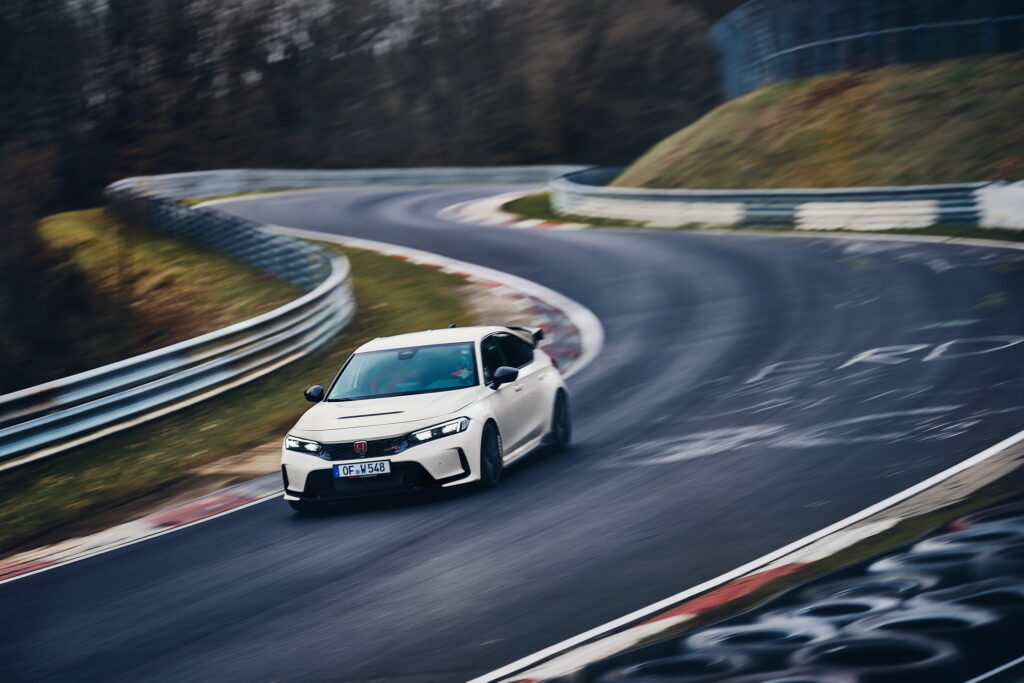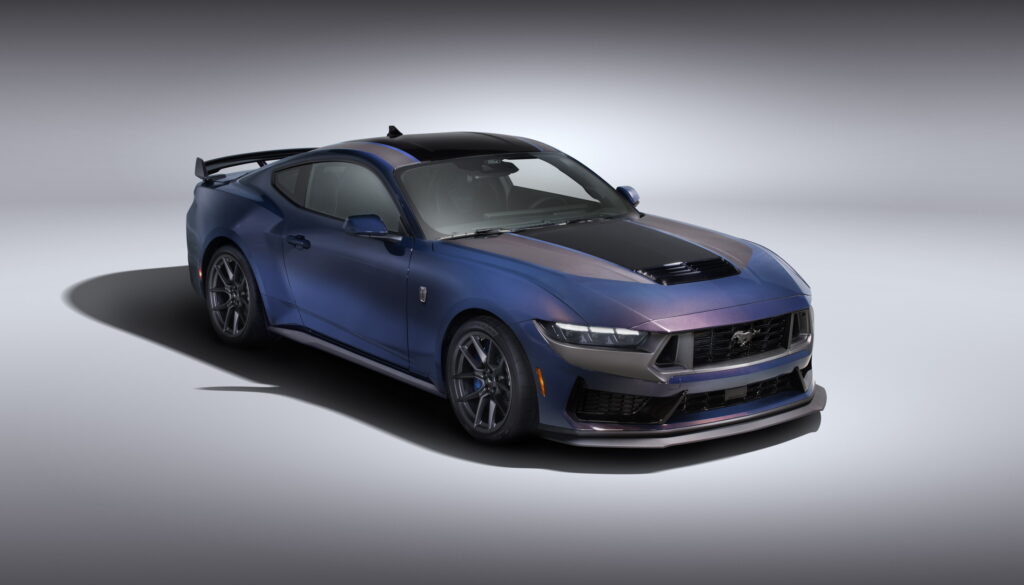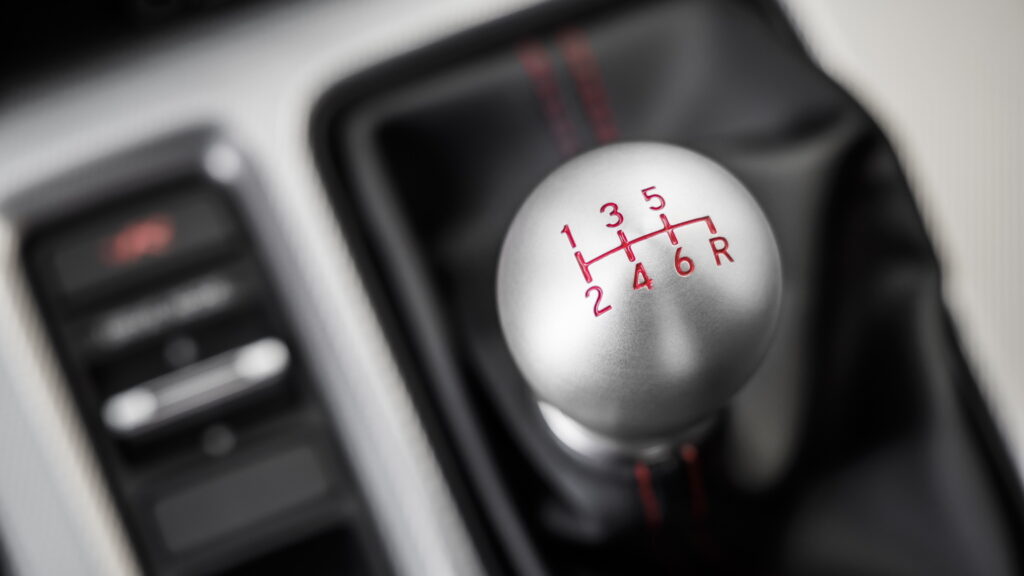Whereas the manual gearbox was once such a common feature that it’s still sometimes called a “standard” transmission, over the course of the last 20 years, automatics have become much better, and now dominate the sales charts. However, automakers are finding ways to keep the gearbox alive.
In much the same way as vinyl records and tapes have had a mild resurgence after being nearly wiped from the sales charts by newer technology, sales of vehicles with manual transmissions our bouncing back and finding a new audience.
Read: BMW M Boss Thinks Manual Gearboxes Are A ‘Heritage Thing’

Whereas vehicles equipped with a standard transmission accounted for just 0.9 percent of U.S. sales in 2021, they rose to 1.2 percent in 2022, and 1.7 percent so far this year, according to data gathered by Wards Auto. While it remains a niche option, the evidence suggests that automakers are finding an audience for the more involved transmission.
Indeed, that involvement is one of the biggest factors keeping the gearbox type alive. While automatic and dual-clutch transmissions are becoming faster and more cleverly designed, sports car and sport compact buyers remain interested in a transmission that offers them control over the driving experience.
The best sellers
The model that sells the most manual transmissions in the U.S. is the Honda Civic, followed by the Ford Mustang, the Subaru WRX, the Jeep Wrangler, the Chevrolet Camaro, the Ford Focus, the VW Jetta, and the Dodge Challenger.
That points to the fact that the transmission type’s other name, “standard,” isn’t really apt anymore. Instead, the gearbox is gaining traction as an enthusiast option for moderately priced, sporty cars.
However, those aren’t the only reasons people prefer manual transmissions. The very fact that they are now rare, and many people haven’t had to learn to drive them, is appealing to some owners who don’t want their kids or, more importantly, thieves to drive their cars.
However, some people are buying three-pedal vehicles for the opposite reason. Some parents want their kids to drive a manual, reasoning that it occupies both hands, leaving none available to text while driving.
Whether that holds true remains to be seen, but for now the manual transmission seems to have found a niche for itself in the industry. How much longer it can survive now that electric vehicles are becoming a bigger player remains to be seen, but that doesn’t necessarily mean the death of the transmission, either.





